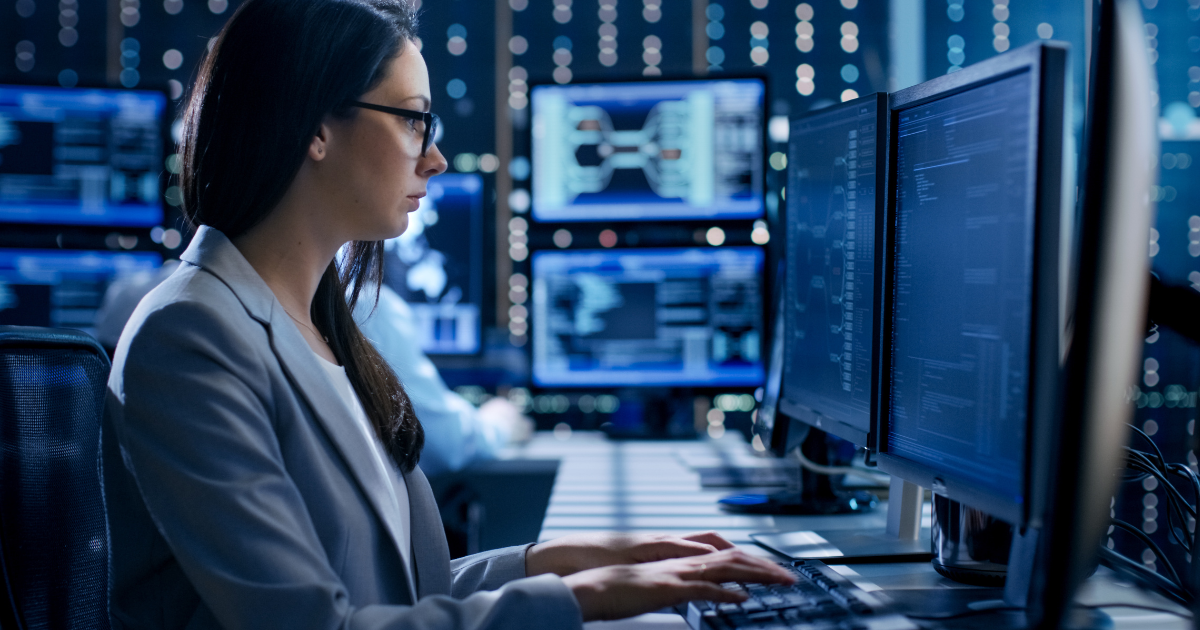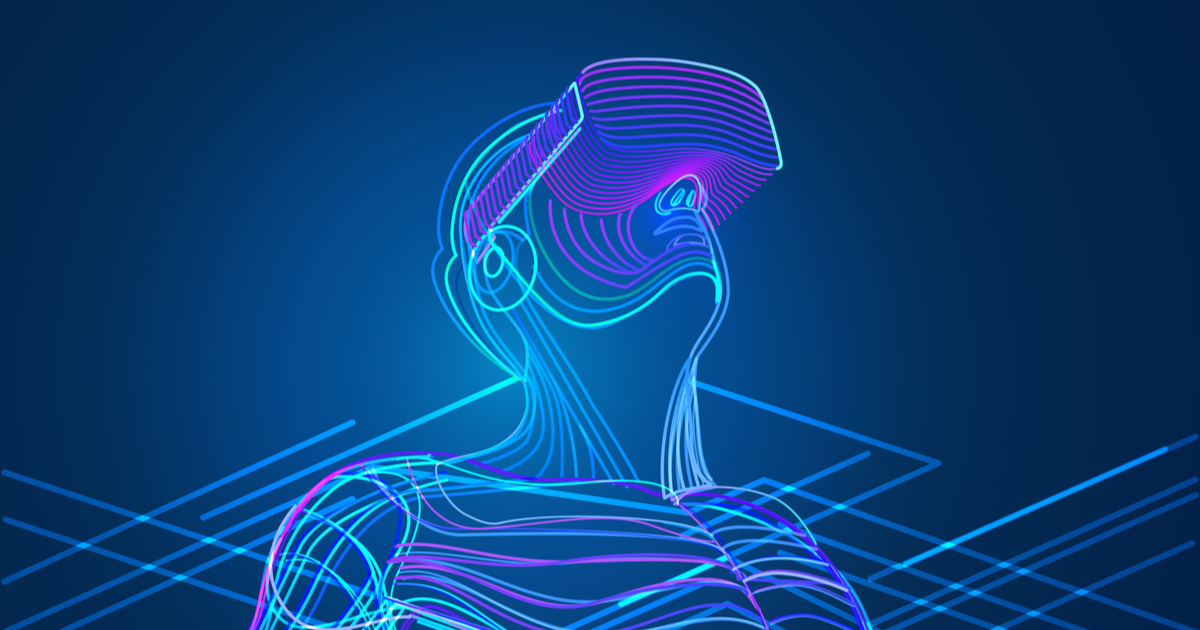Journey Through Time: How Iconic Sci-Fi Television Shows Inspired Today’s Technology
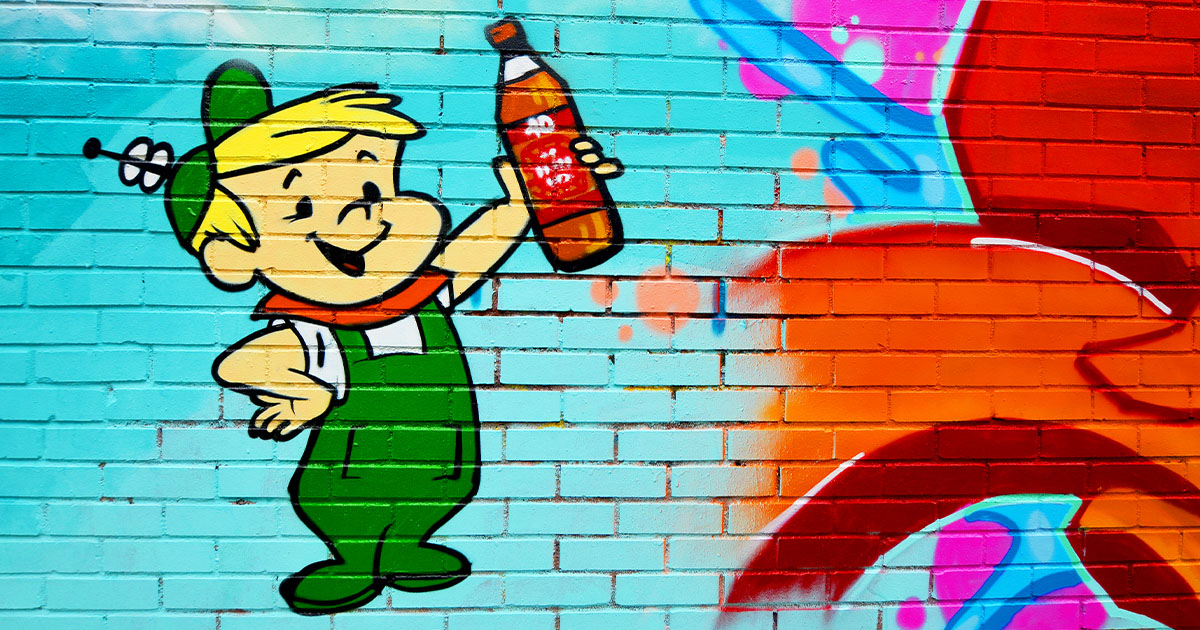
What do wearable technology, robotics, computer tablets and unmanned aerial vehicles all have in common? Here are some hints: George and Jane Jetson, Mr. Spock and Captain Kirk. If you guessed “The Jetsons” and “Star Trek,” you’re no doubt a sci-fi guru who knows their stuff. But were you aware of how these iconic television shows inspired some of today’s most popular technological innovations?
This month, Vaughn College is taking a fun look back on how the cool gadgets and gizmos used in these shows from the 1960s—and beyond—went from futuristic technologies to current day realities.
The Jetsons
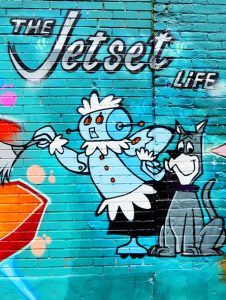
Today’s generation may not be familiar with “The Jetsons,” but they are more than likely familiar with some of the cool technology that was adapted from this animated comic sitcom that premiered in 1962. To get you caught up, the Jetsons were a middle-class family who lived in the future. George and Jane Jetson had two children—Judy and Elroy—and a robot maid named Rosie and their beloved dog, Astro. Here is a flashback to “The Jetsons” and how this show proved to be ahead of its time by predicting some of our everyday technology:
- Skype, Zoom and FaceTime—When characters on the show made a phone call, they would see the person they were calling on a television screen. Who ever thought back then that we could have face-to-face chats via Skype, Zoom and FaceTime?
- Roomba—Rosie the robot maid was way ahead of her time. Let’s face it. Who wouldn’t want a robot maid? Rosie cleaned the house by gliding across the floor on wheels, much like the way the Roomba is designed. Today, the Roomba is literally making sweeping strides in today’s market, as this autonomous robotic vacuum cleaner can clean multiple rooms, detect obstacles and sense steep drops. (Sorry, it doesn’t do windows!)
- Unmanned Aerial Vehicles—Jane and Elroy didn’t have to worry about missing the school bus. They flew to school in their own personal pods!
- 3D Printed Food—Cooking was easy for the Jetson family. (No slaving over the stove for Jane.) Their favorite foods were just a touch-of-a-button away. Did you know some of today’s 3D printers allow you to “print” food, too!
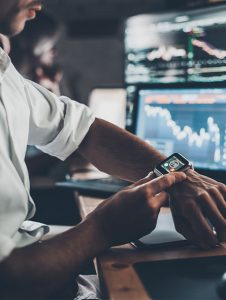
- Smart Watches—Can you believe the Jetsons used watches that incorporated video? Just like our smart watches of today, we can watch videos and do other cool things, such as answer phone calls, send text messages and track fitness goals, among so many other tasks!
- Capsule Endoscopy—This one will really blow your mind. On one episode, George’s doctor had him swallow a camera as part of his physical exam. Today, doctors use a procedure called “capsule endoscopy,” where the patient swallows a pill-sized camera. This camera travels down the patient’s digestive track and takes thousands of pictures and transmits them to a recorder. Talk about being ahead of the times!
- Doggie Treadmill—We can’t forget about Astro. After all, they say a dog is a man’s best friend. George Jetson kept his Astro in shape by having him take a walk on the treadmill. Today, we have treadmills to help keep our dogs healthy and fit.
Star Trek
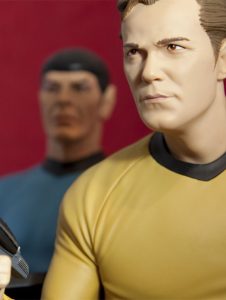
“Trekkies” (which is the nickname for die-hard “Star Trek” fans, just in case you were wondering) will be the first ones to tell you of how the “Star Trek” franchise has inspired some of the most innovative and widely-used technology today. We may not be at the “beam me up, Scotty” phase at the moment—but one never knows, as technology is surprising us at every turn. Here are some amazing similarities to the gadgets used on the starship U.S.S. Enterprise when compared to what we are using here on Earth today.
- Voice Translators—We may not have the need to translate Klingon (or any other alien language) as they did on the Enterprise, but the invention of today’s voice translators has revolutionized the way we communicate with those who speak foreign languages. This breakthrough technology can be viewed as a decoder of sorts that’s similar to the universal translator used on the show. There’s even an app for that! Trekkies will recall how in later shows, the universal translator was integrated into communication badges. Today, this wearable technology is used in a variety of locations, including hospitals, where communication in real time is critical.
- Lasers—One can’t think of “Star Trek” without thinking of the fictional phasers the crew used on the show. From stunning an enemy to slicing through materials, one could surmise that phasers may have inspired the invention of laser technology. Some of today’s most widely used electronics and weaponry uses lasers, which stands for Light Amplification by Stimulated Emission of R Examples of real-world devices that use lasers include laser pointers, handheld laser cannons and CD and DVD players. Did you know Lockheed Martin designed a prototype laser weapon known as ATHENA (Advanced Test High Energy Asset System) to defeat low-value threats such as drones, improvised rockets and small boats? Now that’s futuristic technology at work!
- Natural Language Queries: Apple’s Siri and Google Now—Of all the far-fetched gadgets found on early sci-fi shows, the use of artificial intelligence (AI) to understand verbal commands may be one of the coolest. Who would have ever imagined having a conversation with a computer, let alone a mobile phone? Today, we turn to Apple’s Siri or Google Now for real-time answers to a plethora of questions, queries and even directions!
- Tablet Computer—Tablets are so commonplace today that some of us may not realize how futuristic this technology really was on the show. We may not be entering coordinates for the next star system, but the crew also used their PADDs (Personal Access Data Devices) to listen to music and play videos, just as we do today.
Vaughn programs turn science fiction into science fact
As a leading institution in engineering and technology, management and aviation, Vaughn offers programs that meet today’s demands head on. As we discovered in our journey back to sci-fi programming from years ago, technology that seemed unattainable is now part of our daily lives. Vaughn offers programs that are built around this technology. Here’s a snapshot of how they match up:
- Robotics (Rosie, the Robot Maid)—Our award-winning robotics team is the perfect example of mechatronic engineering at its best. Read about their success at last year’s VEX World Robotics Competition and see how Vaughn graduate Jefferson Maldonado ’16 landed his dream job in the field of mechatronic engineering.
- Unmanned Aerial Vehicles (UAVs) (Personal Flying Pods)—George Jetson may not have had an aviation degree, but you must admit the futuristic concept of flying cars was not far-fetched. Vaughn’s UAV club and drone courses take aviation and engineering to a higher level. Read all about last year’s International Drone Day celebration, hosted by the engineering and technology department and Vaughn’s own Adjunct Professor Loretta Alkalay, who teaches a drone law course at Vaughn—the only one of it’s kind in the country. Alkalay brings years of experience as an aviation attorney and former regional counsel for the Federal Aviation Administration.
- 3D Printing—The world of 3D printing technology comes to life at Vaughn College, thanks to a 3D prototyping innovation center. They may not be printing lunch just yet, but the numerous 3D printers and scanners provide students with hands-on opportunities to transform their concepts into physical objects. Read how 3D printers are revolutionizing the world of prosthetics, as well as how Vaughn graduate Kirei Watson ’18 said having the knowledge of 3D printing helped her land her dream job as a mechanical design engineer.
We hope you enjoyed this technology journey through time. Are you interested in a futureproof career? Discover all that’s possible with an engineering and technology from Vaughn College. Apply today.
